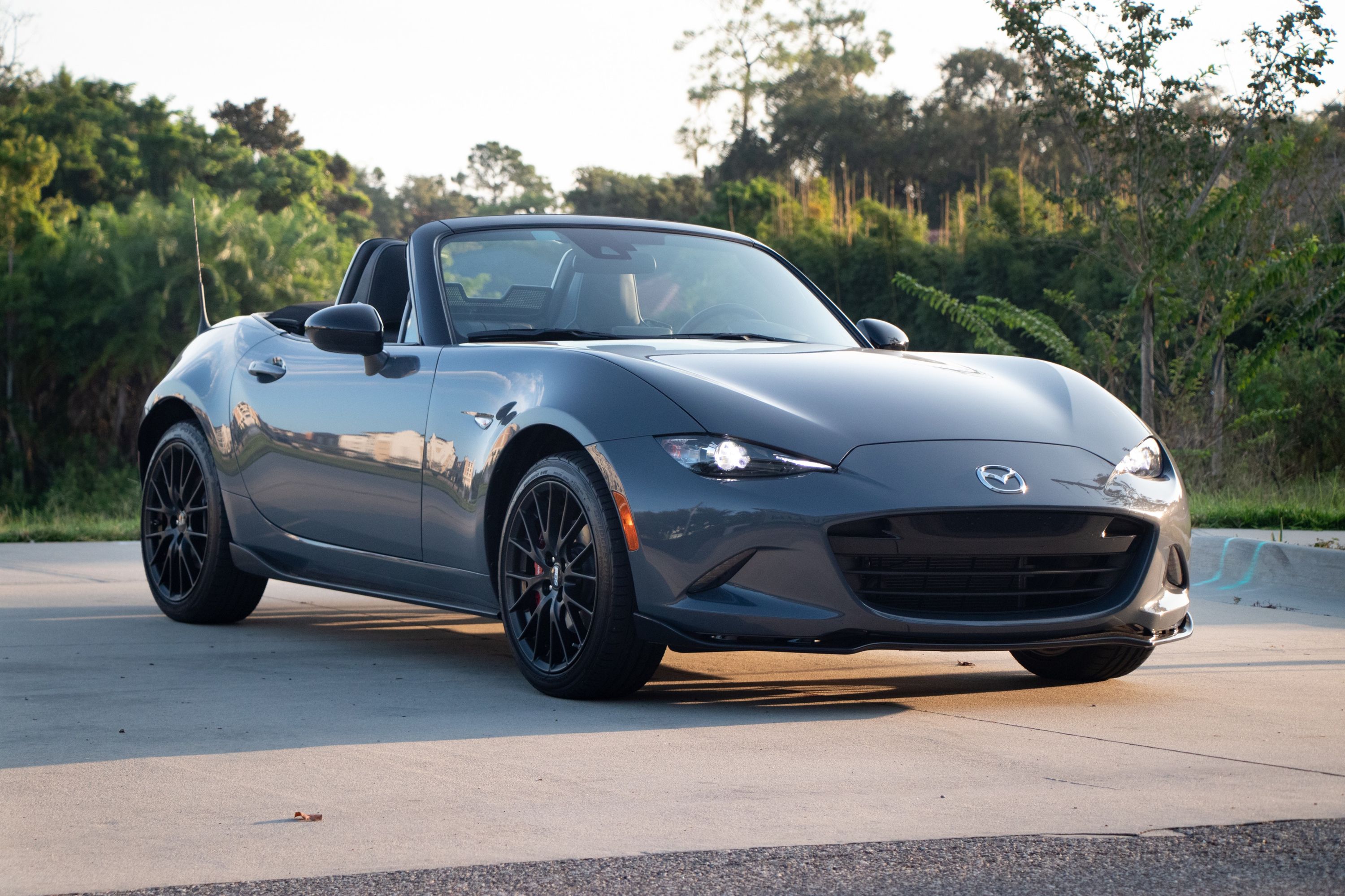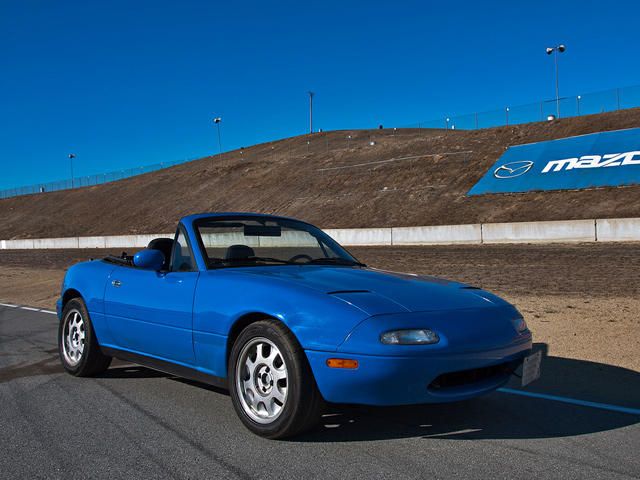
There was nothing in Mazda's DNA that could have foreseen the coming of the MX-5 Miata, the Hiroshima-based automaker's iconic and most famous model. And nothing could have prepared car fans for that surprise from a second tier Japanese automaker. Where could have Mazda's senior managers taken the idea and drew the courage to take such a revolutionary course by building a modern version of the 1950s British sports car and roadster?
As with other cases in the history of the Japanese automotive industry, the answer to that question is located on the other side of the Atlantic Ocean in California, USA. Bob Hall was a motoring journalist with healthy links to the Japanese auto industry, so much so that he even spoke Japanese. He maintained close contacts with Mazda people and in 1981 was offered a job with the company. During one of his visits to Mazda headquarters in Hiroshima he was asked by their R&D Chief what Mazda's next model should be.
In a combination of English and Japanese he told them that a "classically-British sports car doesn't exist anymore," and "that somebody should build one". He indicated that the rear-wheel-drive platform of the 323 would be suitable for the job. In 1982 Hall submitted a proposal for the car that included off the shelf components including a four-cylinder engine and a live rear axle. To his surprise, the Japanese preferred to design new components including an independent suspension. For a time, there was a struggle regarding whether the car would be front- (Hall's choice) or mid-engined.
Hall and his supporters finally prevailed and the Mazda arm in Southern California was assigned the task of designing the car. Final approval was voted on in January 1986 and three years were to pass before the commercial launch of the MX-5 Miata with a 1.6-liter engine with 120hp and 100lb-ft of torque. Curb weight was just over 2,000lbs, which wasn't very good for a Lotus Elise, but great for a Japanese sports car. Mazda entrusted the car's design to the Chinese-American designer Wu Huang Chin. Apart from the industrial and engineering effort, not a lot of Japanese inspiration was involved.
Wu Huang Chin gave it the proportions of a classic British small sports car but rounded off the edges. He then added traits such as a folding soft top, hidden headlights in a pop-up arrangement with only a narrow strip of marking and parking lights to create a semi-friendly front-end. There was also a shark shaped mouth created as an air intake on the front bumper. The MX-5 was not a true beauty but a very affordable and therefore effective car. The first generation MX-5 was an impressive sales success with well over 400,000 units sold in 10 years.
The lineup was complemented by a 1.8-liter engine that increased the thrust though the car's main selling point remained the open top driving pleasures and brilliant handling. In 1998 the second generation was launched. The exterior continued the unique design that made it instantly recognizable as the MX-5 though the pop-up headlights were replaced by fixed units for the sake of simplicity and easier maintenance (though some say the car lost some of its idiosyncratic charm). The interior provided just the right amount of snugness to create a pleasing level of comfort. A T-shaped instrument panel was also adopted for better functionality.
Engine options remained as 1.6- and 1.8-liter units. Advanced features, aimed at curbing emissions, such as a straight intake port, a variable-inertia exhaust system (for the 1.8-liter) and a dual exhaust manifold were also incorporated. The engine was then "tuned" for a more pleasing sound and a Torsen-type limited-slip differential became standard on the 1.8-liter model. Mazda wanted owners to enjoy the car in three key areas: The joys of open-air motoring in comfort and ease at all speeds, true sportiness characterized by "oneness of the car and driver" and "drive-by-wish" precision, and lastly by thoroughly modern yet unmistakable styling.
The motto of the MX-5 project since its inception was "Jinba Ittai" which can be translated from Japanese as "Lots of Fun" but also as "Rider and horse as one" in Western terms. "Jinba Ittai drove all of the development team's decisions," explained Takao Kijima, the project leader for the third generation. The goal was to yield "a car so nimble and fun to drive that the driver and car achieve true unity. A unified rider and horse concept allowed us to create a new MX-5 that's true to the spirit of the original, exceptionally lightweight, and lots of fun to drive."
The third generation concept was firmly fixed when designers set out to design it and improvements were mainly done at the engineering level: a lighter and more powerful engine, a more rigid chassis, better suspension performance, improved safety measures, and more available options. The 1.6-liter engine was replaced as the basic power plant by a 126hp 1.8-liter engine and the optional engine was a 160hp 2.0-liter available with either a five or six-speed manual gearbox or a six-speed automatic. A soft top remained standard but the new hard top option could now be mechanically folded into a storage cell behind the two seats.
Throughout the years the MX-5 Miata was recognized by the Guinness Book of World Records as the "best-selling two-seat convertible sports car in history" with 700,000 units produced up to 2005 alone. Not only have the Mazda bean counters benefited from the car, but also the many MX-5 aficionados who've been able to enjoy the driving experience with the "bugs-in-the-teeth, wind-in-the-hair," description Hall described to Mazda executives almost 30 years ago.
Read more about Mazda convertible.

